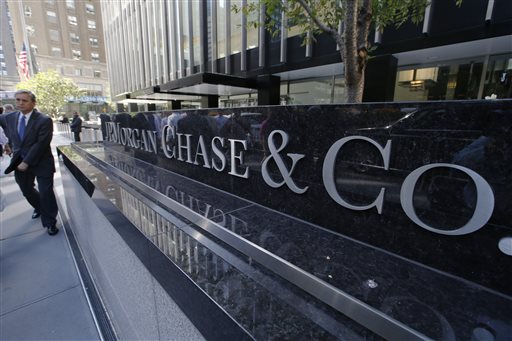PH imports shrank 12.8% in April

The value of imported goods that entered the country further slid last April mainly on cheaper oil, even as the government insisted Thursday that local demand for capital as well as consumer products remained strong.
But a research note of US financial giant JP Morgan released also Thursday claimed that “the recent downturn in non-commodity imports bears watching and suggests some slowing in domestic demand” and the economy as a whole in the near term.
A preliminary Philippine Statistics Authority report showed that imports dropped by 12.8 percent to P$4.68 billion in April from $5.37 billion in the same month last year.
Last April’s decline was faster than March’s 6.5 percent but lower than January’s 13.1-percent fall. Imports managed to grow by 10.2 percent year-on-year in February.
As the value of imports still outpaced that of exports at the start of the second quarter, the balance of trade in goods remained at a deficit of $300.92 million, although narrower than the $802.32-million gap a year ago.
With year-on-year decreases recorded during three of the first four months, the end-April imports value stood at $20.38 billion, down 6.2 percent from $21.71 billion in the same four-month period of 2014.
In April alone, the value of imported mineral fuels and lubricants shrank by 53.9 percent to $773.2 million.
But the National Economic and Development Authority (Neda) maintained that domestic demand remained robust to support the growing economy, citing that imports of capital goods and consumer products jumped 30.3 percent and 13 percent, respectively, last April.
“Figures on capital and consumer goods reflect the upbeat outlook of consumer spending and is a positive indication of healthy demand-driven activities at the household and industry level,” Economic Planning Secretary Arsenio M. Balisacan said in a statement.
Balisacan, who is also director general of the Neda, noted that except for Vietnam, all other East and Southeast Asian economies, including China, Japan and Taiwan—three of the Philippines’ top import sources—saw a reduction in their merchandise imports at the beginning of the second quarter.
“Given an uncertain external environment, it is crucial for the government to ensure that the growth momentum is sustained. While the healthy importation of capital goods and consumer durables shows that the country is still on track toward a relatively strong economic expansion, a catch-up in government spending could still further boost domestic demand,” according to Balisacan.
Sluggish spending on public goods and services coupled with weak exports due to external uncertainties was largely blamed for the disappointing 5.2-percent economic growth during the first quarter.
Separately, JP Morgan chief economist for Southeast Asia Sin Ben Ong noted that the decline in imports last April “mirrors the recent weakening in exports.”
He said they were closely monitoring the impact of slowing Philippine exports on domestic investment. End-April shipments to foreign buyers were down 1.2 percent year-on-year to $18.62 billion.
“There is some risk that this external slowdown could affect non-construction investment. Moreover, while the projects related to the private-public partnerships are progressing, the pace appears to be slower than expected, which could also take some wind out of the sails of growth,” he pointed out.
